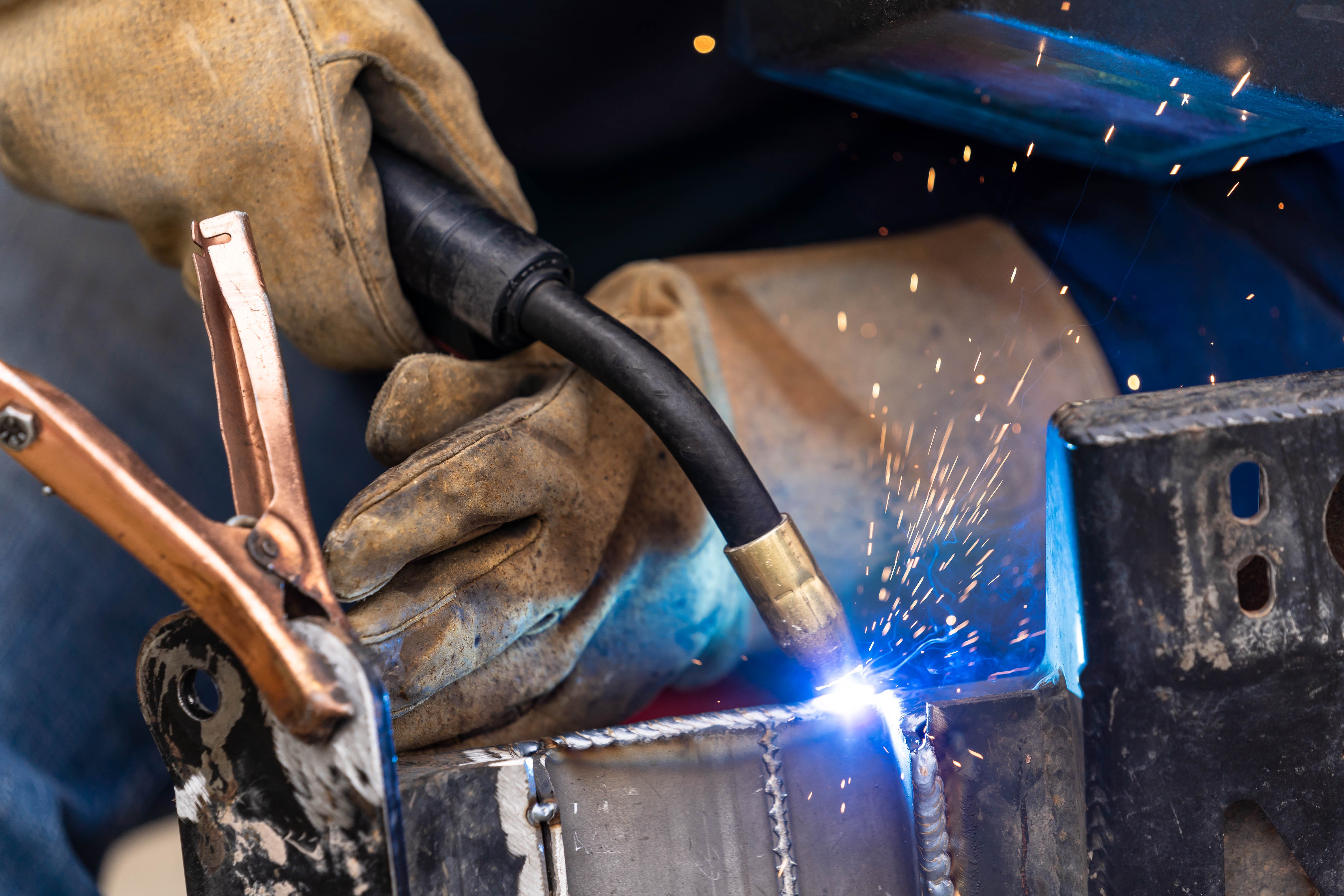Why a Welding WPS is Crucial: Enhancing Consistency and Conformity
The Ultimate Guide to Welding WPS Procedures: A Comprehensive Overview for Welders
In the detailed world of welding, Welding Treatment Requirements (WPS) function as the backbone of guaranteeing quality, consistency, and safety and security in welding operations. Recognizing the nuances of producing, applying, and keeping an eye on WPS procedures is vital for welders wanting to boost their craft and fulfill industry requirements. As we explore the various components of a WPS and check out the complexities of qualification and accreditation, we will uncover the important duty these treatments play in the realm of welding. Allow's start a journey to unwind the intricacies and importance of WPS procedures in welding methods.
Value of WPS Procedures
Recognizing the relevance of Welding Procedure Specs (WPS) treatments is important for making certain the high quality and honesty of welded structures. WPS procedures serve as a roadmap for welders, laying out the essential steps, parameters, and materials called for to attain a sound weld. By adhering to WPS standards, welders can make certain consistency in their work, bring about reputable and structurally sound welds.
One of the primary reasons why WPS procedures are important is their duty in maintaining weld high quality and integrity. Following the defined welding criteria and strategies outlined in the WPS helps prevent flaws such as porosity, fracturing, or incomplete blend, which can jeopardize the stamina and sturdiness of the weld.

Parts of a WPS
A Welding Procedure Requirements (WPS) typically consists of important components that information the specific demands for implementing a weld, guaranteeing consistency and top quality in the welding procedure. The vital elements of a WPS consist of important variables such as base metals, filler steels, interpass and preheat temperatures, welding processes, securing gases, welding positions, and post-weld warm treatment requirements.
Base metals refer to the products being joined, while filler metals are used to fill the gap in between the base metals during welding. The welding procedure details the particular method to be made use of, whether it's gas steel arc welding (GMAW), secured steel arc welding (SMAW), or another technique. Welding settings specify the alignments in which welding can be executed.

Credentials and Accreditation
Having developed the necessary components of a Welding Treatment Specification (WPS), the emphasis currently moves in the direction of the important facets of credentials and qualification in welding methods.

Certification, on the various other hand, is the official recognition of a welder's certifications by an appropriate accreditation body or organization. Welding certifications are usually based upon the particular welding processes, materials, and positions a welder is qualified to work with. Holding a valid welding accreditation shows that a welder meets market requirements and is proficient to execute welding jobs to the required specs.
Developing a WPS
To develop a Welding Procedure Spec (WPS) that fulfills sector criteria, mindful factor to consider of welding processes, products, and functional click criteria is necessary. The first action in creating a WPS is to identify the welding process to be utilized, such as gas metal arc welding (GMAW) or shielded metal arc welding (SMAW)

Implementing and Keeping An Eye On WPS
Upon completing the detailed Welding Procedure Requirements (WPS) that thoroughly information welding processes, materials, operational specifications, and quality control steps, the emphasis shifts to efficiently implementing and monitoring the established treatments. Implementation entails making sure that all welders included in the task are acquainted with the WPS and follow it carefully throughout the welding process. This calls for offering ample training and guidance to ensure adherence to the specified procedures. Monitoring the WPS involves continual oversight to validate that welding activities straighten with the documented requirements. Examinations, screening, and quality control actions are necessary parts of the tracking process to determine any type of problems or inconsistencies without delay. Regular audits and reviews of the welding procedures aid in maintaining consistency and quality throughout the project. Efficient execution and surveillance of the WPS are important for making certain the integrity, toughness, and security of the welded joints, inevitably adding to the overall success of the welding task.
Conclusion
To conclude, understanding and complying with Welding Treatment Specs (WPS) is essential for welders to guarantee high quality, consistency, and security in their work. By understanding the parts of a WPS, obtaining correct credentials and qualifications, producing comprehensive procedures, and implementing and checking them successfully, welders can improve their skills and effectiveness in welding methods. Sticking to WPS procedures is important for producing high-quality welds and meeting market requirements.
In the about his intricate globe of welding, Welding Procedure Specifications (WPS) serve as the backbone of guaranteeing high quality, uniformity, and security in welding her response procedures. The welding process describes the particular technique to be utilized, whether it's gas metal arc welding (GMAW), protected metal arc welding (SMAW), or an additional approach.To develop a Welding Treatment Spec (WPS) that fulfills sector standards, cautious factor to consider of welding procedures, products, and operational criteria is essential. The first step in developing a WPS is to recognize the welding procedure to be used, such as gas steel arc welding (GMAW) or secured steel arc welding (SMAW)Upon finalizing the extensive Welding Procedure Requirements (WPS) that carefully details welding processes, materials, functional specifications, and high quality guarantee steps, the emphasis moves to successfully carrying out and checking the recognized procedures.